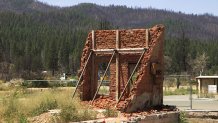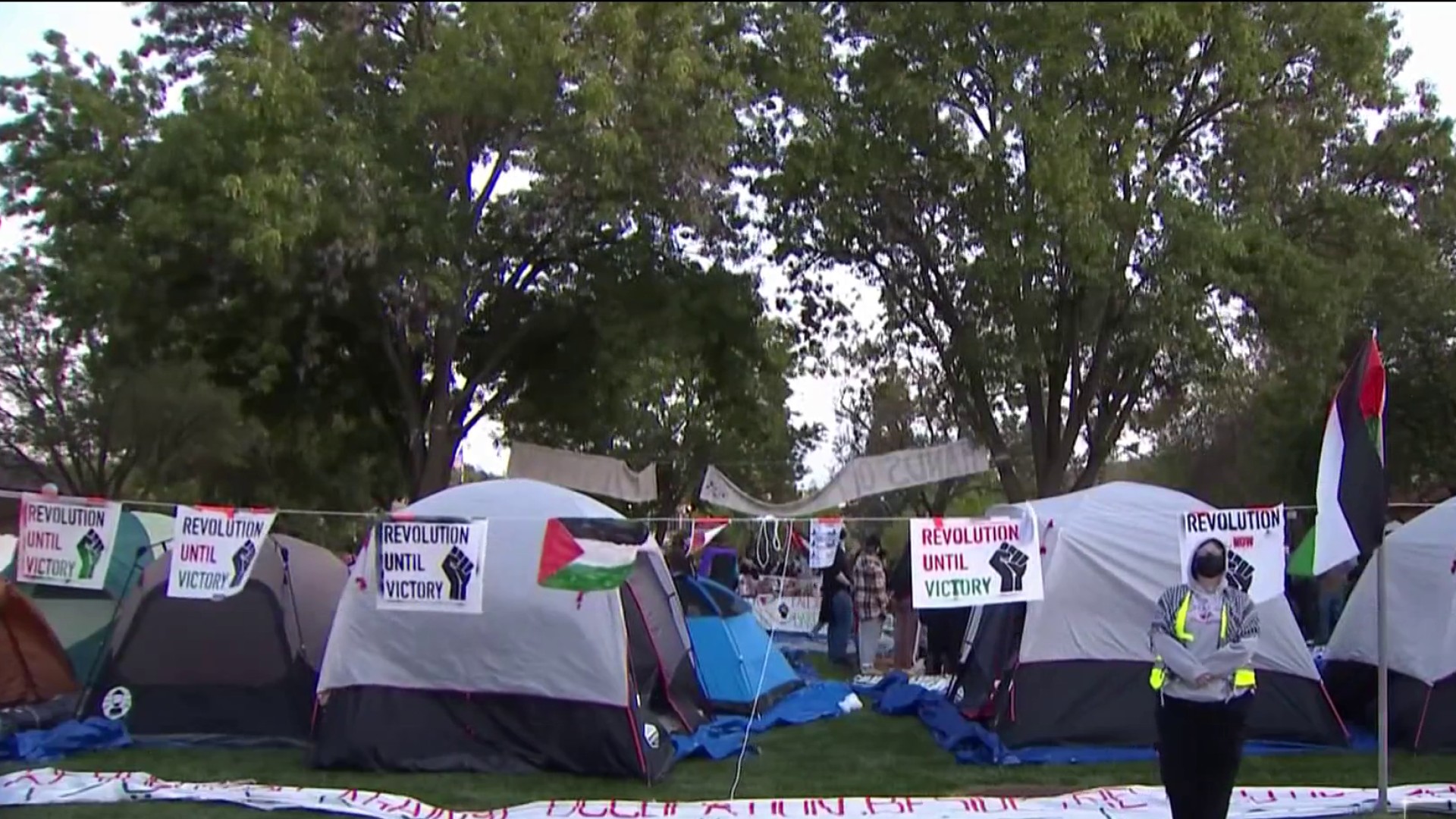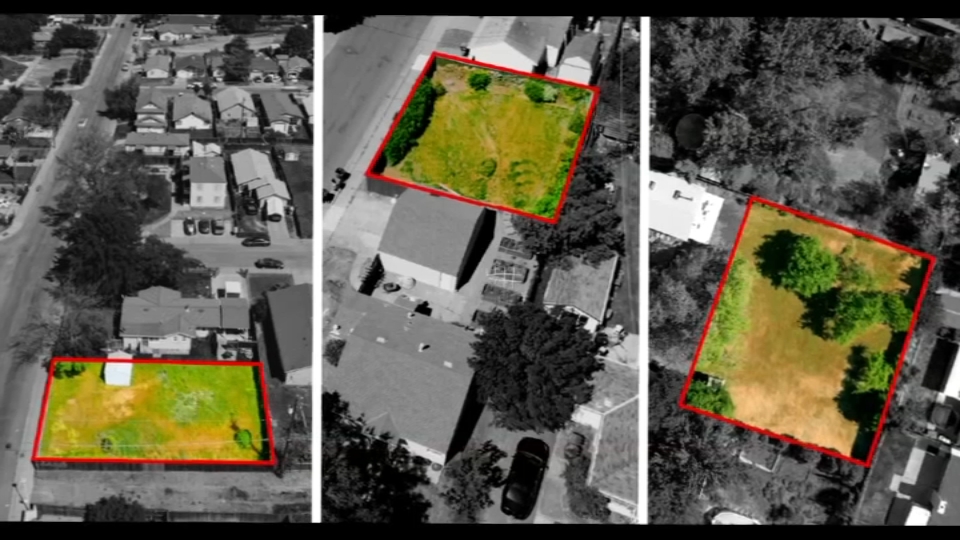Few students studying architecture get actual real world experience designing a town from the ground up, but the fire-ravaged mountain town of Greenville is giving that very opportunity to a group of San Francisco students.
For the last two years, students at the California College of the Arts in San Francisco have worked with residents and leaders of the burned out town in Plumas County about 160 miles southeast, to imagine its future.
Through a unique scholarly relationship, students in the program have designed commercial and domestic buildings, as well as economic models as the town’s residents return to the area in search of jobs and homes.
“It’s a disaster,” said Peter Anderson, a professor of architecture at the college. “But it’s an opportunity to rethink what the town should be in the future.”
Get a weekly recap of the latest San Francisco Bay Area housing news. Sign up for NBC Bay Area’s Housing Deconstructed newsletter.
The historic mining town was devastated in 2021 by the Dixie Fire, which ravaged nearly a million acres across five counties in Northern California. The town, a cluster of old wooden buildings dating back to the Gold Rush, stood no chance against the wind-driven flames that marched along thick forests into the town. Little was spared.
A former student of the college’s architecture program who was from Greenville, urged the school to enlist its students as part of the effort to redesign the town. Professors enthusiastically signed-on. The school’s architecture department now has eight classes and six instructors dedicated to the effort.
“Oftentimes when we’re in school we focus on the physical constructs of architecture, the buildings themselves,” Anderson said. “But this is a perfect chance for them to really see that whatever they’re working on is related to people’s lives.”
Local
The students regularly make the five-hour car trip to Greenville to meet with community members to hear their ideas and needs, and to get feedback for their own ideas.
Currently large swaths of open lots sit in place of the once rows of historic buildings that lined Main Street. A smattering of new homes, including some sheathed in steel to resist future fires.
The local economy is in a precarious state as returning residents simultaneously search for ways of generating income and places to live. In an attempt to address that predicament, student Melissa Gomes envisioned a new building on lots, each with multiple dwellings including one for the homeowner, one for a renter, and a smaller unit for tourist housing like Airbnbs.

“My project is called pocket living,” Gomes said, “and it was all about affordable housing for the working class.”
Student Ben Grisley designed a large barn-like structure that would house a Maker’s Hub in the downtown area, where multiple interests could craft and sell their wares. His renderings showed the potential for a large open space bustling with people.
“To be able to interface with a community that’s gone through such a tragic event and to be in a place where we’re able to help by generating ideas,” Grisley said, “it feels great to be a part of it.”
The designs generated by the students are based on actual ideas the Greenville community is considering. The drawings and renderings provided by the classes have made it easier for the community to actually envision those possibilities.
“Because they could see this idea in my students’ drawings,” said assistant professor Janette Kim, “they felt really excited about that possibility.”
Kim said a number of community members and government agencies have applied for grant funding to institute some of the ideas generated by her students. The real world experience is especially valuable to students as climate change-field mega fires become more common, with multiple communities forced to reckon with mass rebuilding over the last seven years.
“I think architects for the next couple generations are going to be working on post-wildfire construction and building towns that can be more resilient to wildfires,” Kim said.
A separate focus in the school is looking at how to utilize materials generated by the fires, including millions of burned trees. Students have analyzed the possibility of constructing more mills in the immediate area to help convert the burned trees into building materials. The possibilities have sparked possibilities for creative solutions. Architecture student Manthan Rasao was experimenting with a process of constructing building tiles and bricks from forest debris like pine needles.
“It was essentially a new kind of artifact from forest waste and creating a new kind of product,” said Rasao.
Greenville leaders believe its revival must include resources to lure vital tourism back to the area. But aside from the outside perspective offered by the students, the input may also help serve as a balm as the town sets out to remake itself.
“I’ve heard a lot from our community partners that they feel invigorated by the fact the students are working on Greenville,” said Kim. “It helps them to know that people around the region really care and want to contribute to the town’s recovery.”



